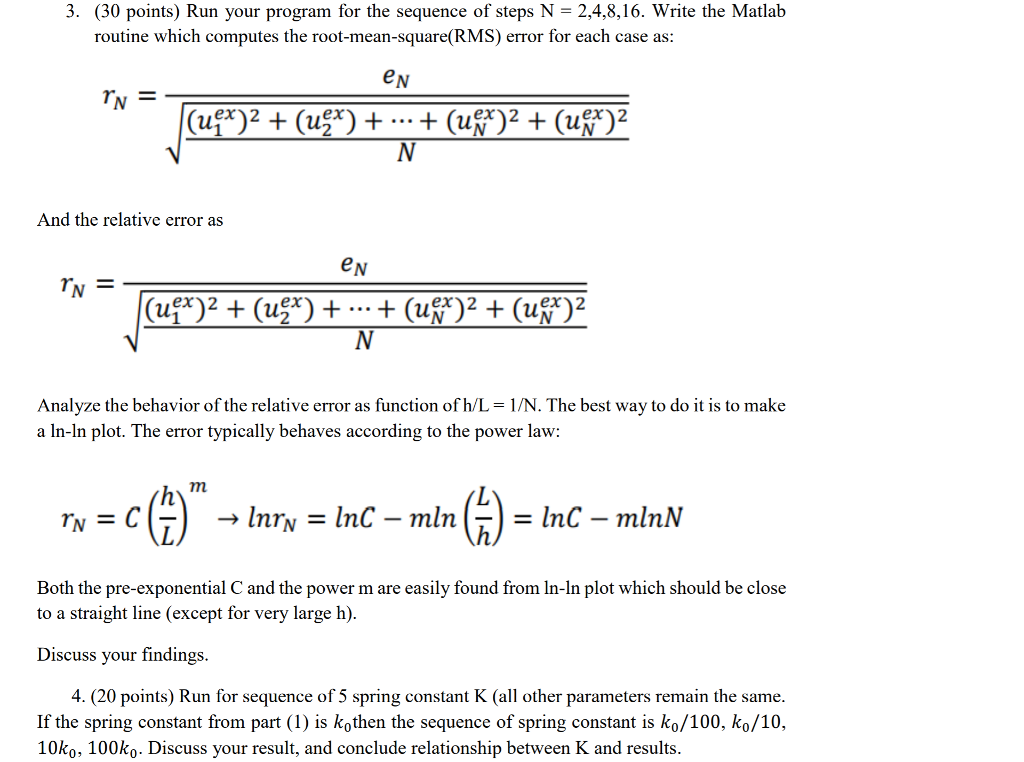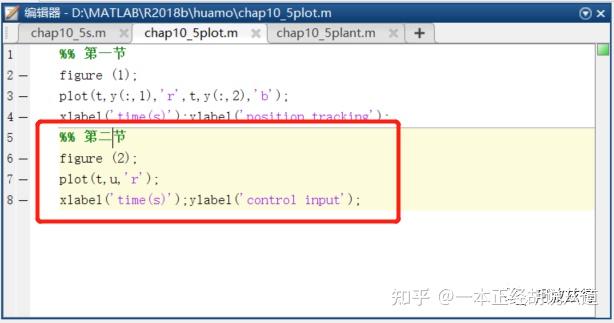


If this doesn't work correctly for you, or you have any questions on the code, feel free to comment. If you want to convert the code to R, and continue. If you just want to get the Matlab code working, definitely use Octave, which should run the code with minimal changes. For rand R1 the size is clear i think.Īll together, this would give the following code: data = [-0.39, 0.12, 0.94, 1.67, 1.76, 2.44, 3.72.Ĥ.28, 4.92, 5.53, 0.06, 0.48, 1.01, 1.68, 1.80. Try and mimic the matlab code in R Run the matlab code in octave, and interface with R Run the code in Octave entirely These are roughly in order of amount of work. Using tidyverse and matconv to convert Matlab code to R code How to convert MATLAB code segment to single line Convert matlab code into python for matrix creation Convert / translate Fortran f77 code to C or Matlab / Octave Convert ode45 code from MATLAB to a python code An efficient way to convert a Matlab code to Python 'Sapply' function.

As mu1 and mu2 go from 1 to 100, but in each step you set the value mu, it will have size 1x101. Is there a generic way to convert a MATLAB code into an R-code Thanks. Note that in MATLAB it is better to preallocate all variables. Always keep in mind, that * and / are the matrix multiplication and division in MATLAB. As the normpdf function allows vectors as inputs, you can dump the inner for loop and use a vectorized approach instead. With that the for loop can easily be adapted. Example of the code I am trying to convert (this code is in Matlab): y-log (bondpricedat (:,2:end)/100). Option 1: Run a single MATLAB command at a time using system() Option 2: Use R. The arguments are the same as in R: normpdf(X,mu,sigma) I know that there is a package called matconv but it isnt working exactly well. The MATLAB equivalent of the dnorm function of R is normpdf.


 0 kommentar(er)
0 kommentar(er)
